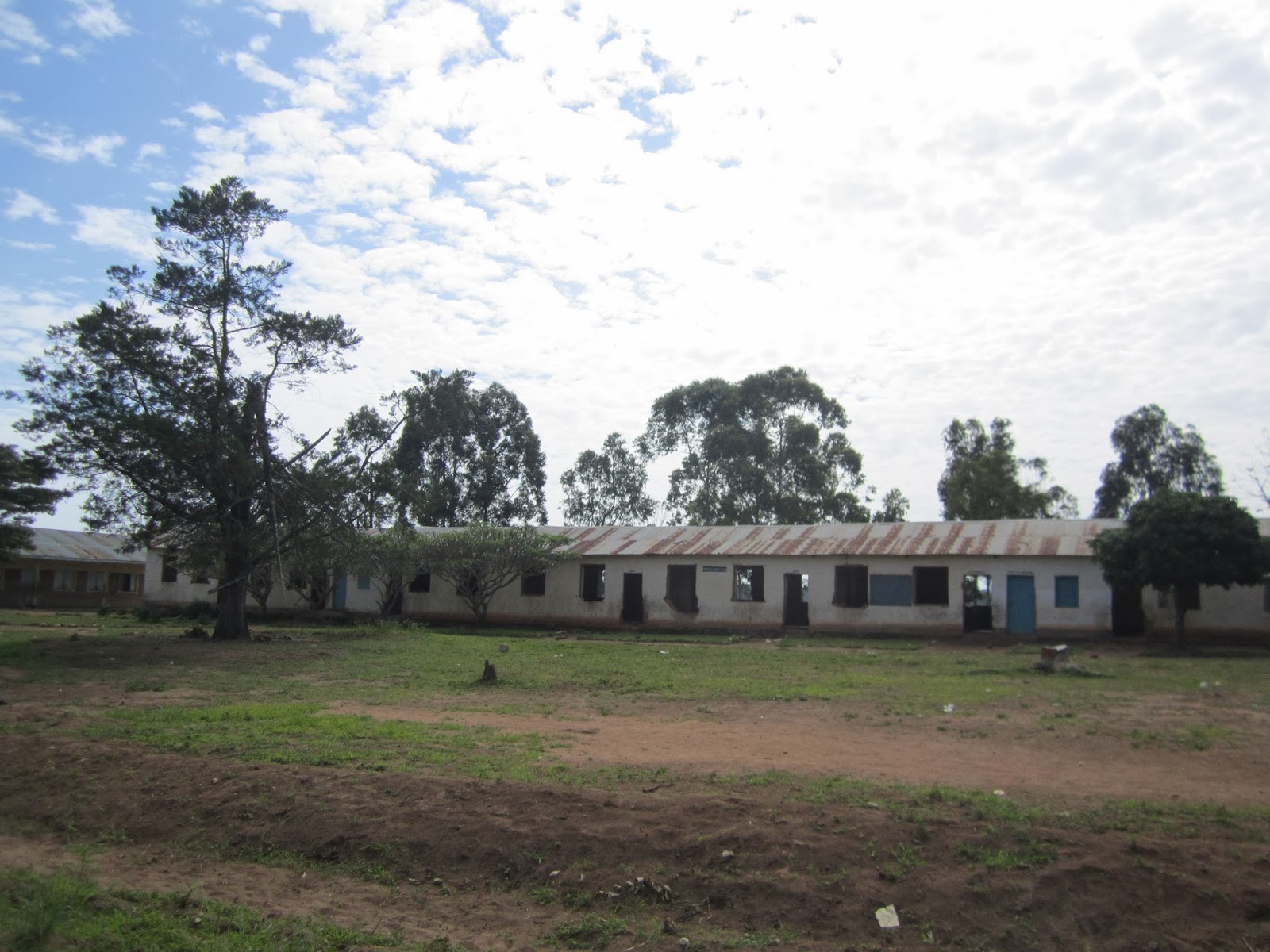Habari!
First, I made a quick video so you can see how excited I am!
Alright. Time for this week's (and this blog's) last post!
This week I want to get you thinking about how far $1 can go in Tanzania. Because, well, $1 can pay for a whole lot of things!
If you had $1 in Tanzania you could....
...buy 1kg (2.2 pounds) of rice
or
...buy 1kg of flour
or
...buy 6 candles, and have 10c left over!
or
...buy 1,650 matches (33 boxes of matches)
or
....buy 3.5 pounds of fresh tomatoes
or
...buy 1kg of onions
or
...buy 3 small bags of okra
or
...buy 15 big carrots
or
...buy 12 cucumbers
or
...buy 4 heads of cabbage
or
...buy 33 avocados
or
...buy a bunch of bananas!
or
...buy two medium-sized pineapples
or
...buy a box of pasta
or
...3 forks to eat dinner with
or
....buy 3 boxes of mango juice (like a Capri Sun or Juicy Juice)
or
...a plate of rice and beans at a restaurant
or
... two bottles of soda
or
...buy 6 eggs
or
...buy 15 passion fruits
or
...100 hot peppers!
or
...5 rolls of toilet paper
or
...1L of Dasani bottled water
or
...buy 25 tea bags
or
...a mug to put your tea in
or
...buy 4 piles of ginger
or
...12 big eggplants
or
...a knife for cutting up all of those veggies and fruits!
or
...a bag of sweet biscuits
or
...half a liter of kerosene
or
...half a liter of cooking oil
or
or
...buy an exercise book for school
or
...buy 15 pens for class
or
...pay for one week of school.
------------
So you see, $1 can buy you a lot of things in Tanzania. It can help you buy things that you might not really need, like mango juice or lots of hot peppers, and it can help you buy a lot of fresh fruits and vegetables when you go to the market.
But, it can also go a long way if you're a student. You can buy an exercise book to write all of your notes in or a bunch of pens so you can take your notes. But most importantly, $1 means that you can go to school for an entire week and not have to worry about being sent home for not being able to pay for school fees.
A lot of Tanzanian families live on farms; they grow all of the food that their families need to survive, but aren't able to sell a lot of it at the market, because everyone else nearby is a farmer too. That means that while these families are hard-working, they don't have an income (or money that's paid to you for your work/job).
This also means that they don't have a lot of cash, so when they need to spend what they have, it goes towards kerosene, to light their cooking fires and their lanterns, or to buy rice and flour, which is harder to grow, instead of going towards their children's educations. Furthermore, a lot of families are really big because they have a lot of children, or they also take care of nieces and nephews, so even if they can pay for some kids to go to (secondary) school, they might not be able to send all of them.
When I was living in Muyenzi and working at the schools, I realized that paying for school fees was a really big problem for many of my students. Many of them were beaten and sent home week after week for not being able to pay, yet continued to come day after day in the hopes that they could learn a bit more before being sent home again.
In order to help some of these students, I started a scholarship fund while I was still living there. I called it The Nyota Fund -- 'Nyota' means 'star' in Swahili, because I hope that helping them get an education allows them to "reach for the stars" and pursue their dreams.
 |
| The Nyota Fund logo....a star bursting out of where I was living in Tanzania! |
As I said, it only costs $1 to keep a secondary school student in school for a week-- which means it costs in total anywhere between $30 and $50 a year (depending on the school)!
I'm still raising money for my students for the 2014 school year, and I would LOVE your help.
If you find any pennies, nickels, dimes, quarters, or $1 bills laying around your house, or have an extra coin or two in your piggy bank and want to bring them to school the day that I visit, I'll collect them all, count up how much each school raises, and then email you guys the names of the students you helped in Tanzania stay in school (and send you a picture or two)!
If each school can raise $100 -- which would send up to 3 students to school for an entire year (!) -- the Auburn Education Foundation said they would match your donation, meaning that every dime or dollar you bring in, is really worth twice as much! How cool would that be?
-----------
Well, that's all I've got to share with you guys!
It's been really great blogging once a week and sharing with you all about Tanzania for the past couple of months and answer all of your wonderful questions...but I'm more excited to come and meet you all!
Don't forget to save any last questions you might have until my visit...and if you have anything to donate to The Nyota Fund when I come, karibu!
See you soon!
Baadaye,
Marisa













